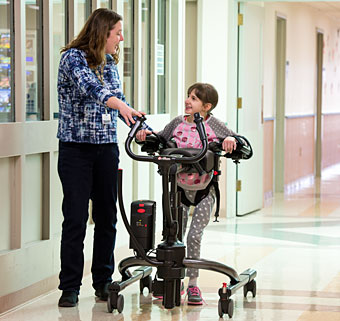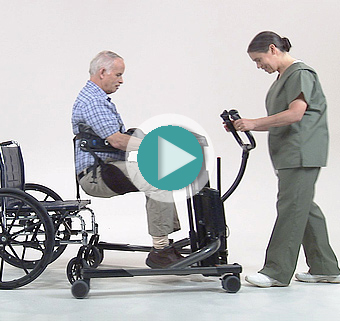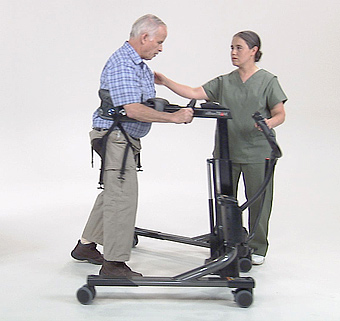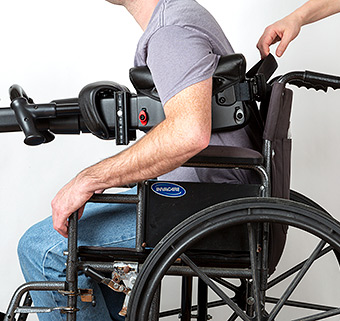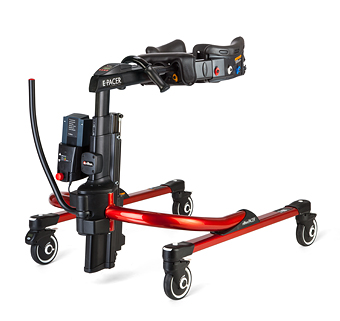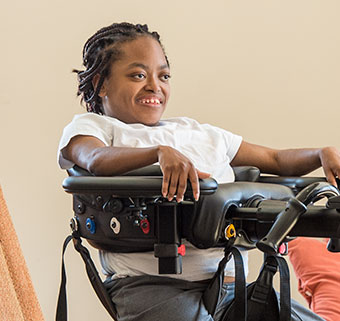Workers’ Compensation Providers and the Rifton TRAM
Recognizing the cost savings (and the back savings!)
| October 2017 Lifting and repositioning patients is a big part of healthcare, particularly for nurses and therapists. But how we do this is changing, based on the many studies that show how lifting patients manually without assistive equipment is causing staff injuries, lost days from work and decrease in care quality.
Lifting and repositioning patients is a big part of healthcare, particularly for nurses and therapists. But how we do this is changing, based on the many studies that show how lifting patients manually without assistive equipment is causing staff injuries, lost days from work and decrease in care quality.
The safe patient handling and mobility (SPHM) approach advocates for patient lifts and mobility equipment for all transfers and gait training routines. SPHM is getting wide attention and adoption in facilities of all kinds and now—for obvious reasons—it is attracting the attention of workers’ compensation providers.
I recently had a conversation with Jorji Miliken, Executive Director at Buckeye Community Services in Ohio. They had just won a safety grant to purchase five Rifton TRAMs from Ohio’s Bureau of Workers’ Compensation (BWC) and I wanted to know more.
Buckeye is a non-profit service for people with developmental disabilities. They have seven locations and provide independent living opportunities and day-programming. Fifteen years ago it was not uncommon at Buckeye for caregivers to be manually lifting and transferring patients weighing over 250 pounds. This resulted in frequent staff back injuries and high workers’ comp costs. Because of this, Buckeye was penalty-rated by the BWC.
 This added expense forced Buckeye to conduct research on how to prevent these injuries. In time they instituted a no-lift policy which paid off almost immediately; today staff injuries from lifting and re-positioning are minimal.
This added expense forced Buckeye to conduct research on how to prevent these injuries. In time they instituted a no-lift policy which paid off almost immediately; today staff injuries from lifting and re-positioning are minimal.
Recently, in order to get more safe patient handling equipment, they applied for Ohio’s BWC safety grant—monies dedicated to the purchase of equipment to reduce job-related injuries. Their rep referred them to several pieces of equipment including the Rifton TRAM which turned out to be a perfect fit for Buckeye. With supported gait training, sit-to- stand, seated transfer and toileting capability, using the TRAM could significantly reduce back strain and stress during transfers providing a smarter and safer environment for the staff at Buckeye.
Jorji mentioned that in writing the grant it was important to stress the staff injury-prevention properties of the TRAM, but an equally important aspect was the dignity it gave to their consumers—transferring in an upright position and having eye contact with the caregiver.
Look for more such activity from workers’ comp providers as the importance of SPHM continues to gain acceptance.
